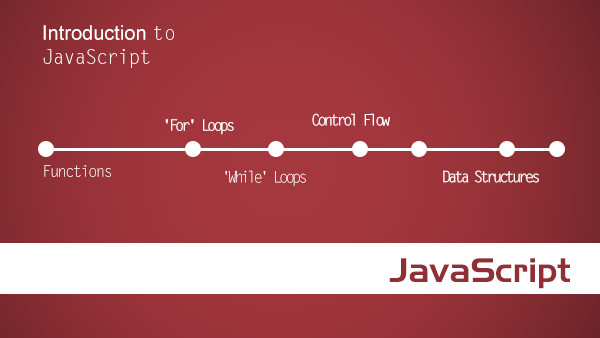
上一篇《Fetch还是Axios——哪个更适合HTTP请求?》 讨论了Fetch还是Axios你该如何选择,这篇说说常用的Fetch API。
对于Fetch API我相信你已经用过它们很多次了,但是你是否还记得语法?如果能避免在旧项目中寻找半年前使用过的特定请求的语法,岂不更好?
在本文中,我将列出9个最常见的Fetch API请求,在你忘记API的时候可以翻出来查看。
为什么要使用Fetch API?
如今,我们被所有提供漂亮的SDK的服务宠坏了,这些SDK将实际的API请求抽象化,我们只需要使用典型的语言结构来请求数据,而不关心实际的数据交换。
但是,如果你所选择的平台没有SDK怎么办?或者如果你同时构建服务器和客户端呢?在这些情况下,你需要自己处理请求,这就是使用Fetch API的方法。
使用Fetch API的简单GET请求
fetch('{url}').then(response => console.log(response));
使用Fetch API的简单POST请求
fetch('{url}', {
method: 'post'
}).then(response => console.log(response));
在Fetch API中使用授权令牌 (Bearer) 进行GET
fetch('{url}', {
headers: {
'Authorization': 'Basic {token}'
}
}).then(response => console.log(response));
在Fetch API中使用查询字符串数据进行GET
fetch('{url}?var1=value1&var2=value2')
.then(response => console.log(response));
在Fetch API中使用CORS进行GET
fetch('{url}', {
mode: 'cors'
}).then(response => console.log(response));
在Fetch API中使用授权令牌和查询字符串数据进行POST
fetch('{url}?var1=value1&var2=value2', {
method: 'post',
headers: {
'Authorization': 'Bearer {token}'
}
}).then(response => console.log(response));
在Fetch API中使用表单数据进行POST
let formData = new FormData();
formData.append('field1', 'value1');
formData.append('field2', 'value2');
fetch('{url}', {
method: 'post',
body: formData
}).then(response => console.log(response));
在Fetch API中使用JSON数据进行POST
fetch('{url}', {
method: 'post',
headers: {
'Content-Type': 'application/json'
},
body: JSON.stringify({
'field1': 'value1',
'field2': 'value2'
})
})
.then(response => console.log(response));
在Fetch API中使用JSON数据和CORS进行POST
fetch('{url}', {
method: 'post',
mode: 'cors',
headers: {
'Content-Type': 'application/json'
},
body: JSON.stringify({
'field1': 'value1',
'field2': 'value2'
})
})
.then(response => console.log(response));
如何处理Fetch API请求的结果
Fetch API返回一个Promise。这就是为什么我总是使用 .then() 和回调函数来处理响应的原因:
fetch(...).then(response => {
// process the response
}
但是,如果你处于异步函数中,也可以等待结果:
async function getData(){
let data = await fetch(...);
// process the response
}
现在让我们看一下如何从响应中提取数据:
如何检查Fetch API响应的状态码
发送POST,PATCH和PUT请求时,我们通常对返回状态代码感兴趣:
fetch(...).then(response => {
if (response.status == 200){
// all OK
} else {
console.log(response.statusText);
}
});
如何获取Fetch API响应的简单值
某些API端点可能会发回使用你的数据创建的新数据库记录的标识符:
var userId;
fetch(...)
.then(response => response.text())
.then(id => {
userId = id;
console.log(userId)
});
如何转换Fetch API响应的JSON数据
但是在大多数情况下,你会在响应正文中接收JSON数据:
var dataObj;
fetch(...)
.then(response => response.json())
.then(data => {
dataObj = data;
console.log(dataObj)
});
请记住,只有在两个Promises都解决后,你才能访问数据。这有时会让人有点困惑,所以我总是喜欢使用async方法并等待结果。
async function getData(){
var dataObj;
const response = await fetch(...);
const data = await response.json();
dataObj = data;
console.log(dataObj);
}
总结
这些示例应该涵盖了大多数情况。
我是否错过了什么,一个你每天都在使用的请求?或者是其他你正在苦恼的事情?请在评论区上告诉我。
最后,你也可以以可打印的形式获得这份备忘单:ondrabus.com/fetch-api-cheatsheet

 随时随地看视频
随时随地看视频




